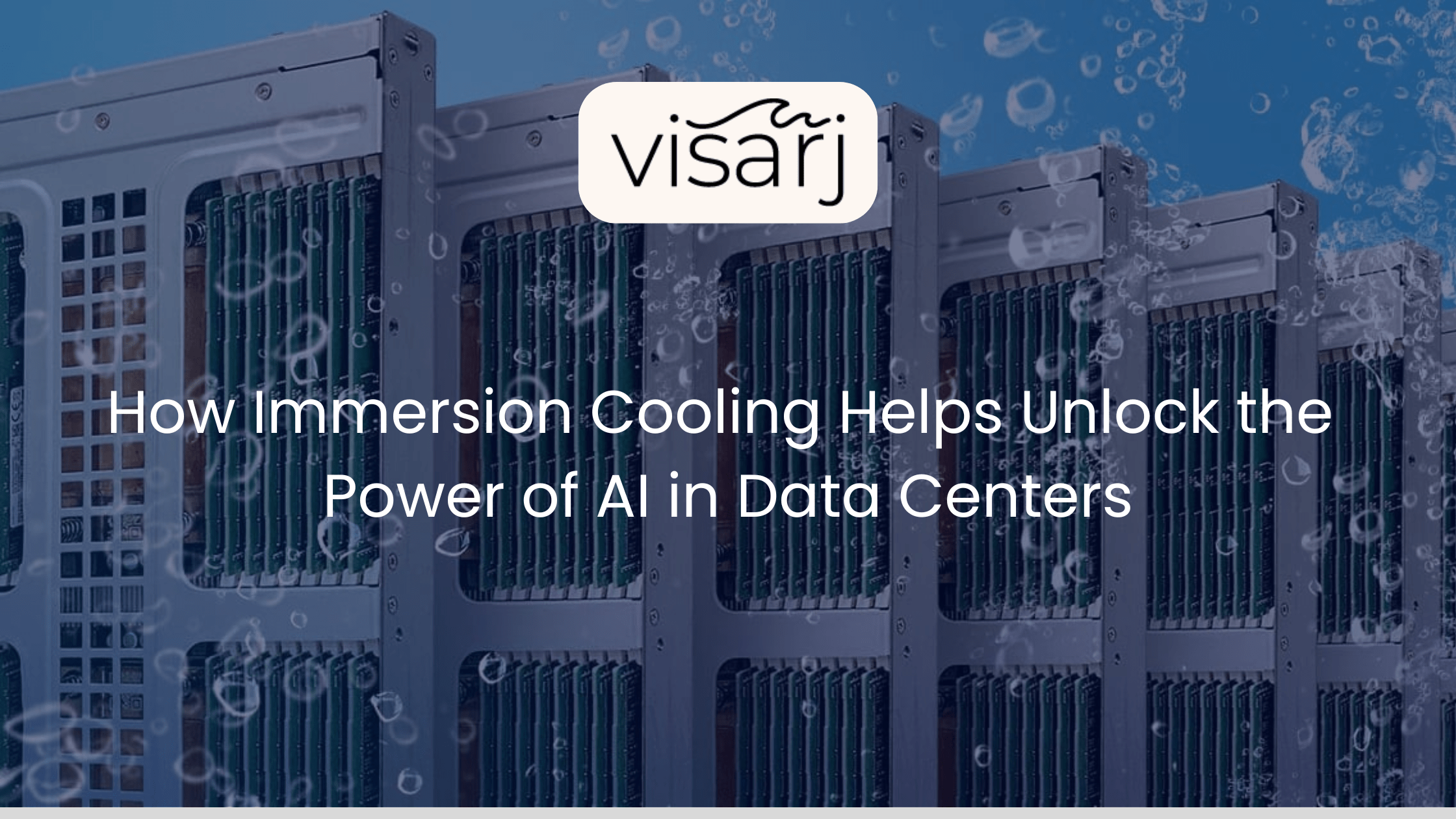
How Immersion Cooling Helps Unlock the Power of AI in Data Centers
The integration of Artificial Intelligence (AI) into data centers is revolutionizing the way we manage and process the vast amounts of data generated every second. However, this integration comes with its own set of challenges, notably the significant increase in power consumption and the heat generated by high-density AI workloads. This is where immersion cooling technology emerges as a game-changer, offering a solution that not only addresses these challenges but also enhances data center efficiency and sustainability.
The AI Demand and Its Impact on Data Centers
AI applications, especially those requiring high computing power like generative AI models, significantly strain data center resources. Traditional cooling methods are becoming inadequate for handling the heat generated by server racks that, with AI, draw load capacities between 50 and 75 KW, a stark increase from the 8-10 KW without AI. This not only increases operational costs but also raises environmental concerns due to the excessive energy consumption associated with cooling these systems.
The Heat Dilemma
Graphics processing units (GPUs), the workhorses of AI and machine learning, are incredibly powerful. For instance, NVIDIA’s H100 GPU boasts a staggering 80 billion transistors. However, this power comes at a cost—heat generation. As GPUs crunch data, they produce substantial amounts of heat that must be dissipated effectively.
Traditionally, data centers relied on air cooling to manage heat. But as AI workloads grow, so do the power demands. Extreme densities—rack configurations exceeding 40 kilowatts—are becoming commonplace. Air cooling struggles to keep up, especially with NVIDIA’s latest GPUs consuming 160% more power than their predecessors.
Immersion Cooling: A Game-Changer
Immersion cooling takes a different approach. Instead of relying on air, it immerses data center equipment in a dielectric liquid. Here’s how it helps:
- Efficient Heat Removal: Liquid immersion cooling offers significantly higher thermal conductivity compared to air. This efficiency allows data centers to handle higher processing loads without risking overheating. For resource-intensive AI applications, this is crucial.
- Space-Saving: Unlike traditional cooling methods, immersion cooling requires zero additional space. Data centers can maximize their existing footprint without compromising cooling efficiency.
- Reduced Energy Consumption: Perhaps counterintuitively, liquid cooling systems use less water than air-cooling systems. Retrofitting data centers with immersion cooling can lead to energy savings, even as AI systems multiply.
Infosys and the Immersion Cooling Advantage
Infosys, a global leader in IT services, has embraced immersion cooling for its Topaz AI platform. As generative AI adoption skyrockets, Infosys recognizes that liquid cooling can shave off energy consumption. While the overall impact of more AI systems remains an increase in energy usage, immersion cooling provides a sustainable solution.
The Future of AI and Immersion Cooling
As AI continues to evolve, data centers must adapt. Immersion cooling is poised to play a pivotal role in supporting the AI revolution. By keeping GPUs cool, it ensures that AI workloads can thrive without overheating. So, the next time you marvel at an AI breakthrough, remember the unsung hero—the liquid that keeps it cool.


